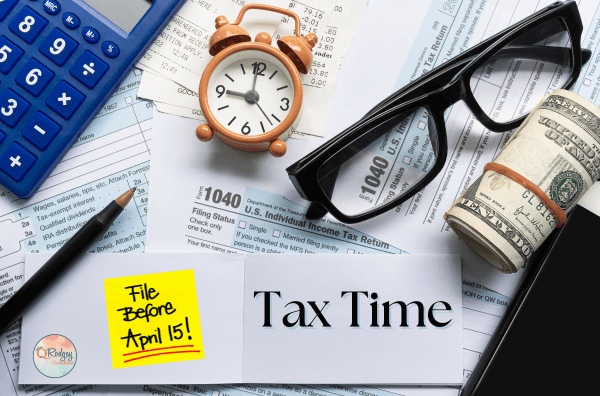As we head into the spring months, it’s a good time to give your business a financial check-up, especially as tax season looms. Preparing for taxes early can help you avoid last-minute stress and ensure you are in the best position come tax time. Here are some key steps to prepare your business for the upcoming tax season.
1. Review Your Financial Records
Review your financial statements from the past year, including your income statement, balance sheet, and cash flow statement. Verify all income and expenses are accurately recorded. If you use accounting software, keep it updated with correctly categorized transactions. If you have paper records, consider digitizing and organizing them.
2. Organize Your Tax Documents
Gather all the necessary documents for tax filing. This includes:
- Receipts and Invoices: For business expenses, purchases, and any deductions.
- Bank Statements: To verify business transactions.
- 1099 Forms: If you’ve worked with contractors, you need these.
- Payroll Records: If you have employees, confirm accurate and updated payroll records.
- Previous Tax Returns: Reviewing last year’s return can help establish consistency and identify any changes you need to be aware of.
3. Understand Potential Tax Deductions
Ensure you understand all tax deductions for which you qualify. Small business owners frequently overlook deductions such as:
- Home Office Deduction: If you operate your business from home, you may deduct a portion of your rent or mortgage, utilities, and internet expenses.
- Business Expenses: Items like office supplies, business travel, and software subscriptions may be deductible.
- Retirement Contributions: If you have made contributions to a retirement plan for yourself or employees, they can reduce your taxable income.
4. Consult With a Tax Professional
If taxes seem overwhelming, seek help from a tax professional. They can assist you in navigating the complexities of business taxes, ensuring you maximize deductions and avoid costly mistakes. A professional can also aid you in developing long-term tax planning strategies to minimize your tax burden in the years to come.
5. Make Estimated Tax Payments (If Applicable)
If your business is not set up for automatic tax withholding, you may need to make estimated quarterly tax payments. Verify your estimated taxes are accurate to avoid penalties when filing.
After tax season, develop a plan to maintain your financial health throughout the year. Regularly reviewing your business finances, updating your budget, and preparing for future tax years will keep you informed about changes in tax laws and help you maximize your deductions.
By staying organized and proactive now, you’re setting your business up for continued success. Let’s make this tax season smooth, stress-free, and a step toward long-term financial growth.

